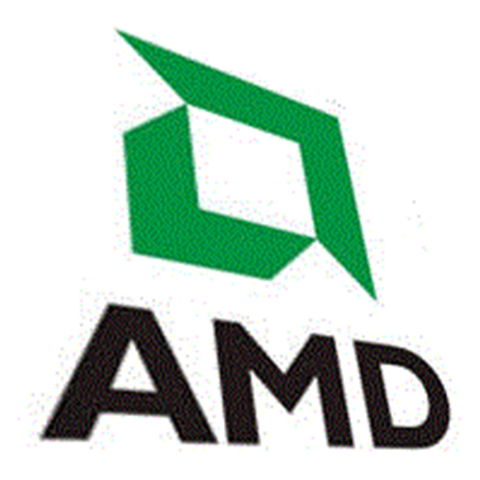Chipmaker AMD is banking on today's release of Windows 7 to boost sales of AMD-powered notebooks under a new marketing strategy aimed at consumer requirements rather than speeds and feeds.
The company used today's Windows 7 launch to kick off its 'Vision' marketing strategy and 'Fusion' channel campaign, both announced earlier in the year.
"Windows 7 is a watershed event," said Bob Grim, director of client product marketing at AMD. "The industry was unhappy with Vista. Most corporations and small businesses skipped Vista and have waited for Windows 7 - you will see a lot of traction and it's a great opportunity for us. "
The chipmaker's OEM partners will be using the Windows 7 launch to reveal a second generation of "ultrathin" notebook computers, loaded with AMD smarts specifically built for the consumption of video (such as DirectX technology that offloads video decoding processes from the CPU to the GPU).
These machines are priced just above that of the netbook (around US$400), but unlike the smaller form factor netbook, they still feature enough video and processing smarts to watch Blu-ray movies or play high definition games.
"There is no sacrifice in terms of the visual experience," Grim said. "We don't want to propose a low-cost notebook without a good user experience. All that has happened with the [netbook phenomenon] is that the consumer's expectation of price point has gone down. Now people think a notebook computer should only be worth US$399. What we are saying is, for an extra hundred dollars, your machine is extremely flexible and usable."
Grim said that AMD's chips support all Windows 7 features - including Windows virtualisation, which he claimed was not supported in some entry-level chips from AMD's largest competitor.
Vision marketing program
Consumers should notice a different sales pitch when entering a store to look at an AMD and Windows 7 powered notebook, courtesy of AMD's 'Vision' marketing program.
Vision, Grim explained, is about AMD connecting to the "mainstream customer".
"For too long we have gone to the market talking only about the technology - cores, caches, gigabytes. But customers don't know how to equate what they need with the specs."
Grim said that for most customers, technical specifications "only made an impact from a tie-breaker point of view."
"We are now realigning the sales process around what a customer needs - their budget and intended use."
The stickers that would usually advertise technical specs on the bezel of the computer will be replaced with one of three 'Vision' logos based around customer use.
The basic 'Vision' logo represents the user that only requires a machine for email, web browsing and some online video.
The 'Vision Premium' logo represents a user that wishes to also watch high definition movies and play high definition games on the system via a Blu-ray player.
The 'Vision Ultimate' logo represents those users that create their own audio and video content.
AMD is now providing training for its retail partners to help them sell this concept to consumers.
"So far our partners have been very positive about this," said Tomo Kamiya, regional vice president of AMD South Asia.
Kamiya added that the program will not mean that consumers will not be able to read about the specifications of the machine - but simply makes the applications they use the focus of the sales pitch.
Fusion partner program
The Fusion program, as reported on CRN, rewards those whitebox builders that build machines with "all-AMD" components (i.e. an AMD processor, chipset and graphics unit).
Kamiya said that while the Australian desktop market is dominated by OEM brands, there are still some whitebox builders kicking goals in the areas of Government and education that would stand to benefit from the program.
AMD is working on a 'Fusion' chip - which features a CPU and GPU (graphics processing unit) on the same chip - working on a release date of 2011.
What do you think of 'Vision'? Is it about time the industry dropped our emphasis on tech specs? Or is there a danger customers will be misled?















.jpg&w=100&c=1&s=0)
_(8).jpg&w=100&c=1&s=0)









